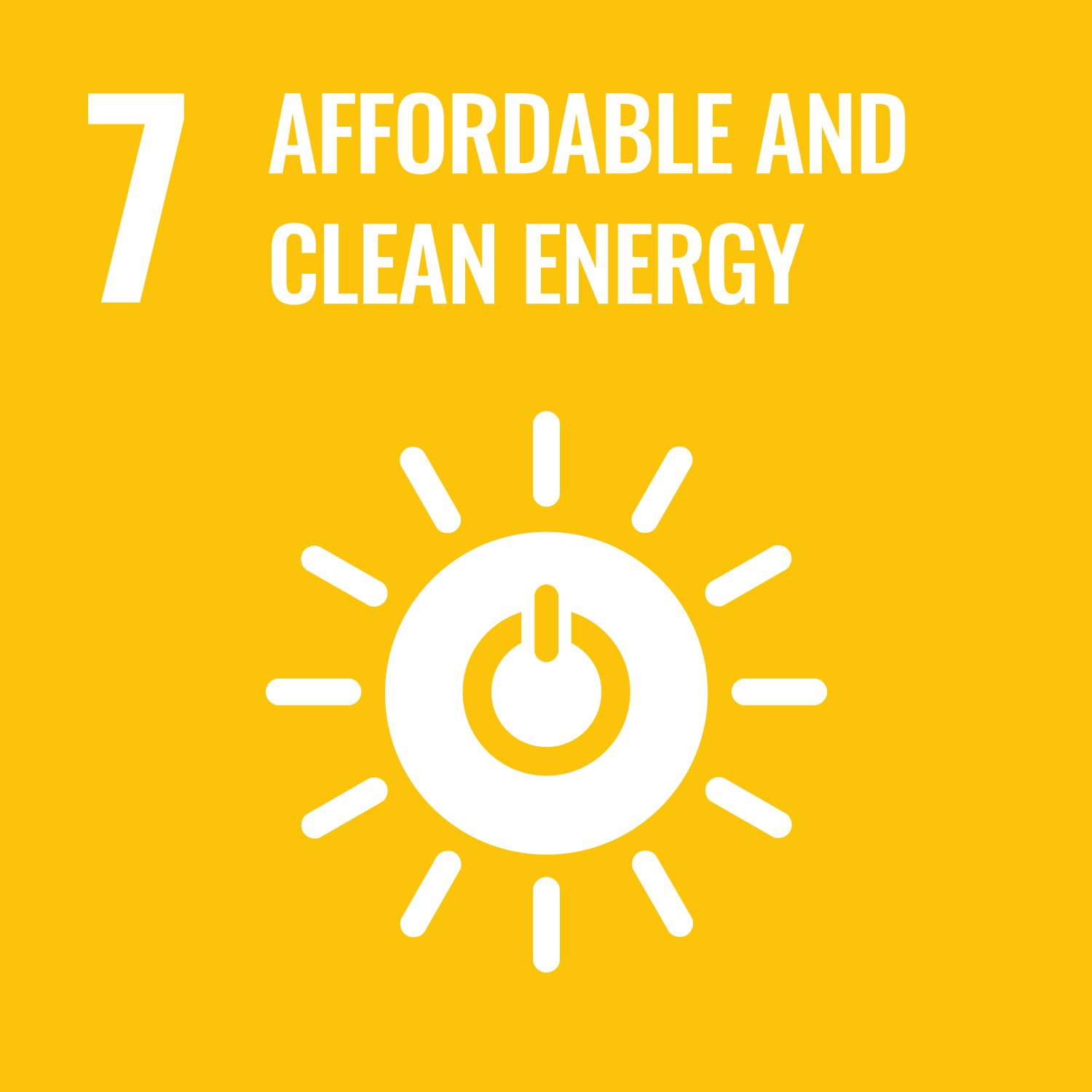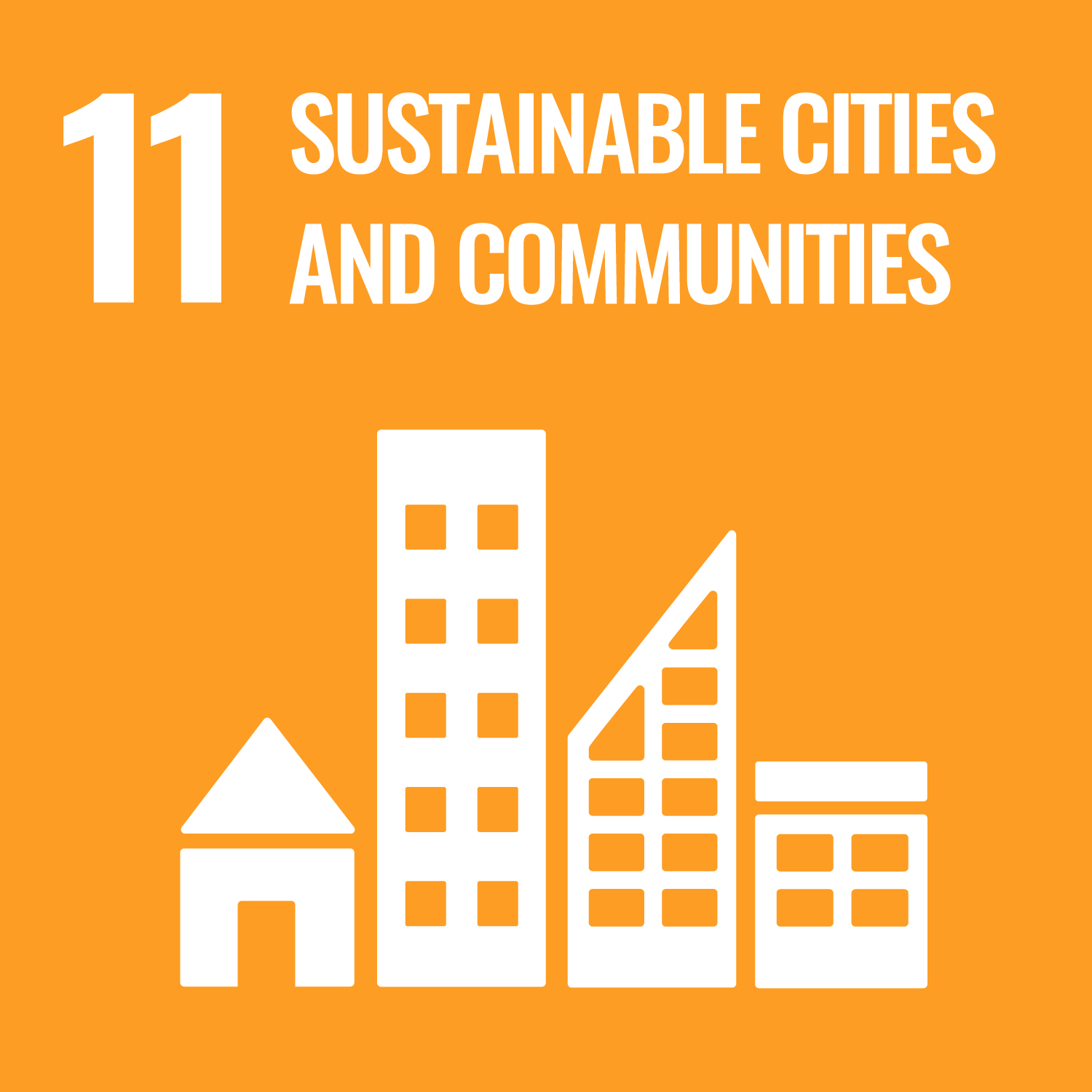This course deals with the basic methods of architectural design considering social life and activities on the background
of harmony with various natural environments. As it were, Architecture is “Built-environment: making an Object and Doing”
as a system that integrates changes in nature and people’s behavior, life, and activities.
Students will learn the basic knowledge (for creation of image) and technique (for realization of image) to create an architectural design in order to integrate architecture and community life.
It corresponds to the subject of the examination for architects; First “Architectural Design Drawings.”
Students will learn the basic knowledge (for creation of image) and technique (for realization of image) to create an architectural design in order to integrate architecture and community life.
It corresponds to the subject of the examination for architects; First “Architectural Design Drawings.”
The aim of this course is to help students acquire the technique and skills in architectural design by using the several
digital tools: such as 3D objective CAD, environmental simulation Software, algorithmic modeling Software, and structural
simulation software.
Students will acquire the computational design skills and network collaboration technology adaptable to the digital design environment by using BIM (Building Information Modeling) and ICT (Information and Communications Technology) being introduced in the building industry currently.
Students will acquire the computational design skills and network collaboration technology adaptable to the digital design environment by using BIM (Building Information Modeling) and ICT (Information and Communications Technology) being introduced in the building industry currently.
- Understand and represent the basic knowledge of architectural design drawings (architectural drawing definition, notation, representation, and basic structure, etc.).
- Analyze and summarize the environmental information in the provided problems.
- Choose and operate several pieces of Software which is suitable in the verification process.
- Present the architectural design proposal as a solution for own problem-finding.
- Make an effective presentation of own proposal, and discuss with the teacher and students each other about the theme.
| Class schedule | HW assignments (Including preparation and review of the class.) | Amount of Time Required | |
|---|---|---|---|
| 1. | Guidance: Possibility of the digital design. First lesson: Using the 3D objective CAD and the environmental simulation software |
Review the operating 3D objective CAD, and read the manual of environmental simulation software. | 60minutes |
| 2. | First lesson: Esquisse and discussion 1 | Survey and analyze and organize the site environments, and make a plan. | 180minutes |
| 3. | First lesson: Esquisse and discussion 2 | Modeling of a plan, and developing. | 180minutes |
| 4. | First lesson: Presentation and Review (1) Second lesson: Using the environmental simulation software. |
Complete architectural design proposal, and prepare own presentation. | 240minutes |
| 5. | Second lesson: Esquisse and discussion 4 | Survey and analyze and organize the site environments, and make a plan. | 180minutes |
| 6. | Second lesson: Esquisse and discussion 5 | Modeling of a plan, and analyze by using the environmental simulation software. | 180minutes |
| 7. | Second lesson: Presentation and Review (2) Third lesson: Using the parametric design software. |
Complete architectural design proposal, and prepare own presentation. | 240minutes |
| 8. | Third lesson: Esquisse and discussion 6 | Survey and analyze and organize the site environments, and make a plan. | 180minutes |
| 9. | Third lesson: Esquisse and discussion 7 | Modeling of a plan, and analyze by using the parametric design software. | 180minutes |
| 10. | Third lesson: Esquisse and discussion 8 | Modeling of a plan, and analyze by using the parametric design software. | 180minutes |
| 11. | Third lesson: Presentation and Review (3) Forth lesson: Using holistically several digital tools. |
Complete architectural design proposal, and prepare own presentation. | 240minutes |
| 12. | Forth lesson: Esquisse and discussion 9 | Survey and analyze and organize the site environments, and make a plan. | 180minutes |
| 13. | Forth lesson: Esquisse and discussion 10 | Modeling of a plan, and analyze by using holistically several digital tools. | 180minutes |
| 14. | Forth lesson: Presentation and Review (4) | Complete architectural design proposal, and prepare own presentation. | 240minutes |
| Total. | - | - | 2640minutes |
| Design process | Architectural proposal | Presentation and Discussion | Total. | |
|---|---|---|---|---|
| 1. | 10% | 10% | ||
| 2. | 10% | 10% | ||
| 3. | 10% | 10% | 20% | |
| 4. | 40% | 40% | ||
| 5. | 20% | 20% | ||
| Total. | 20% | 60% | 20% | - |
Your overall grade will be based on the following ratio:
-Design process (activeness of using digital-tools, the number of esquisses): 20%
-Outcomes of each submitted works: 60%
-Presentations and Discussions: 20%
To pass, students must earn at least 60 points out of 100 by submitting all the above-mentioned performances on time.
-Design process (activeness of using digital-tools, the number of esquisses): 20%
-Outcomes of each submitted works: 60%
-Presentations and Discussions: 20%
To pass, students must earn at least 60 points out of 100 by submitting all the above-mentioned performances on time.
Will distribute several documents, and indicate the prescribed textbook.
Textbook: ISBN-13: 978-4761523756
Reference document: The project works, reports, and case studies in SAWADALAB.’s HP (http://www.sawadalab.se.shibaura-it.ac.jp/)
Textbook: ISBN-13: 978-4761523756
Reference document: The project works, reports, and case studies in SAWADALAB.’s HP (http://www.sawadalab.se.shibaura-it.ac.jp/)
Be used to operating the 3D-object CAD before this class starts.
The important course for students who will acquire the qualifications such as the registered architect.
This class relates closely to “Workshop of Study for Architectural Design Information (B2, first semester).” You should study it before this class
The important course for students who will acquire the qualifications such as the registered architect.
This class relates closely to “Workshop of Study for Architectural Design Information (B2, first semester).” You should study it before this class
- Every Monday 12:45〜13:00 or will respond to your e-mail.
- If you will need a face-to-face meeting, you should make an appointment with each teacher by e-mail.
- Course that cultivates an ability for utilizing knowledge
- Course that cultivates a basic interpersonal skills
- Course that cultivates a basic self-management skills
- Course that cultivates a basic problem-solving skills
| Work experience | Work experience and relevance to the course content if applicatable |
|---|---|
| Applicatable | Teach the architectural design utilizing3D-objective CAD and related software using the experiences engaged in architectural design of the architectural industry projects. |





- 7.AFFORDABLE AND CLEAN ENERGY
- 9.INDUSTRY, INNOVATION AND INFRASTRUCTURE
- 11.SUSTAINABLE CITIES AND COMMUNITIES
- 12.RESPONSIBLE CONSUMPTION & PRODUCTION
- 13.CLIMATE ACTION
Last modified : Thu Apr 23 04:03:05 JST 2020

